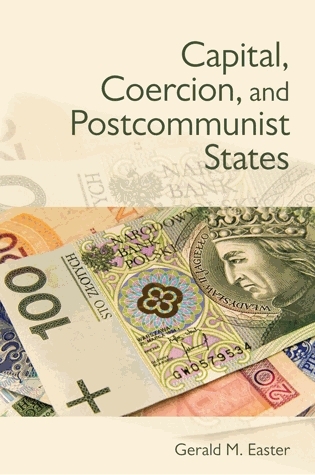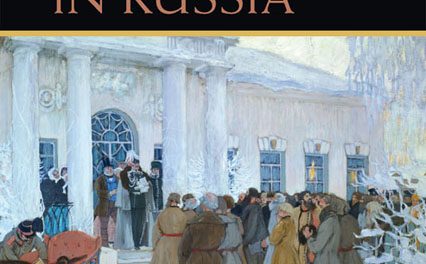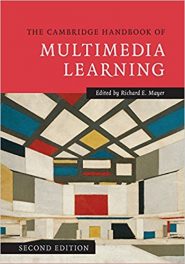 Author: Gerald M. Easter
Author: Gerald M. Easter
Publisher: Cornell University Press – 241 pages
Book Review by: Paiso Jamakar
In August 1998, the author relates to readers, the Russian government announced that it could not pay its debts because it had run out money or other means of repayment. At that time Boris Yeltsin was president, in the eighth year of his nine-year regime (1991-1999).
Yeltsin who succeeded Mikhael Gorbachev, had plans to transform Russia’s “socialist command economy” into a “free market economy” through privatization. But due to the methods he used, “much of the national wealth fell into the hands of a small group of oligarchs,” according to a Wikipedia article.
At that time, Russia and other former states of the Union of Soviet Socialist Republic (USSR) were affected by economic collapse and enormous economic, political and social problems. Due to price liberalization perhaps and “economic shock therapy” there was widespread inflation and corruption.
This book is about power and wealth in states that were formerly communist, as part of the USSR, and others in Eastern Europe. Gerald Easter writes that power and wealth are the essence of the modern state. While the modern state provides services and goods to those who need it, at its core, “it is the institutional embodiment of coercion,” Easter states. That basically means that the people give the government, through the constitution (the basic law of the land) and other laws the power to make claims on (coerce) owners of capital in the state.
“Make claims on capital” is the power of the state to tax the people on their income and assets. The Federal income and estate taxes, the state income tax, and local taxes on your property are examples of taxation in the United States. Coercion “refers to the means of inflicting punishments of a physical, economic, or social sort as manifested through agents of violence, bureaucracy, and law,” Easter writes.
Whereas in the United States and other democracies, state building meant the gradual accumulation of power resources through taxes, duties, fees, licenses, permits and other classifications of collection of money, state building in postcommunist states begins “with the states already in possession of an abundance of power resources in relation to society – the inheritance of the old regime,” the author points out as a differentiation.
Communist states come closest to having a monopoly on capital and coercion, when compared with any other type of state. This is how they got the designation “totalitarian,” Easter states. He further explains that people in postcommunist states remained in need of numerous resources and continued to be dependent on the states after the states were no longer communist. Postcommunist state building was not about the accumulation of resources but rather the redistribution of those resources.
Two types of states emerged after the fall of communism in the Soviet Union: the “contractual state” and the “predatory state.” The former type is in which “resources of the old regime were redistributed and reconsolidated; and the boundary lines between the state and society (the people) regarding coercion and capital were clearly marked.” States in East Central Europe – the Czech Republic, Hungary, Poland, and Slovakia – are contractual states.
On the other side are “predatory states” in which “political power was fluid, and capital and coercion were yet to be organized in new arrangements,” as Easter describes them. These states belong to the “predatory” group: Russia, Armenia, Azerbaijan, Belarus, Central Asian states, Georgia, and Ukraine.
We give you here an overview of the contents in this book:
Introduction:
Capital, Coercion, and Post Communist States
- Toward a Fiscal Sociology of the Postcommunist State
- The Fiscal Crisis of the Old Regime
- Policies of Tax Reform: Making (and Unmaking) Revenue Bargains
- State Meets Society in the Transitional Tax Regime
- Building Fiscal Capacity in Postcommunist States
- Taxation and the Reconfiguration of State and Society
Conclusion
Few if any books take a close look at the transformation of the economic and political systems of formerly communist states into what they have become now, embracing private ownership of assets and capital. This book takes you on a tour of the challenges and conflicts that such states faced, how they resolved those conflicts, and emerged into their present condition.







